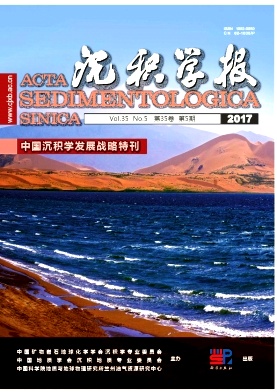Advances and the Major Scientific Issues of the Paleogeography in China
doi: 10.14027/j.cnki.cjxb.2017.05.003
- Received Date: 2017-07-06
- Rev Recd Date: 2017-08-28
- Publish Date: 2017-10-10
-
Key words:
- paleogeography /
- plate tectonics /
- earth surface process /
- effect of life /
- mineral resources
Abstract: Paleogeography focuses on research and reconstruction of natural geography of the earth's surface through the geological history. International paleogeography research is mainly conducted under the guidance of the theory of plate tectonics, supported by the methods of paleomagnetic, geochemistry and paleontology, thus to recovery the plate location, determine the plate boundary, draw the distribution of ocean and land in ancient times, and rebuild paleogeographic pattern at different scales, and so on. Domestic paleogeography research places a heavy emphasis on lithofacies-palaeogeographic research and mapping at different scales by combination of data of paleo-environments and sedimentary composition. This work is mainly done for the purpose of resource survey services. Details and mechanism of critical paleogeographic changes in the Phanerozoic era is the key scientific issues in fields of present Chinese paleogeographic study. The examples include paleogeographic changes associated with major mass extinction events; the effect of collision of Yangtze plate and north China plate in the late Middle Triassic on the paleogeographic pattern; mechanism and process of Chinese terrain transition from higher in the east and lower in the west to higher in the west and lower in the east since the Cretaceous. A kind of inevitable trending of paleogeography research is to develop sequence lithofacies-palaeogeography at various time-space scales with further improved isochronism and serviceability aiming at different research goals. Driven by resources exploration of new deposits (such as unconventional hydrocarbons and sandstone-type ore deposits, etc.), mapping and methods of lithofacies palaeogeography which employing "environment + mineral" composition is becoming a hot spot.
| Citation: | CHEN HongDe, HOU MingCai, CHEN AnQing, SHI ZhiQiang, XING FengCun, HUANG KeKe, LIU XinChun. Advances and the Major Scientific Issues of the Paleogeography in China[J]. Acta Sedimentologica Sinica, 2017, 35(5): 888-901. doi: 10.14027/j.cnki.cjxb.2017.05.003 |






 DownLoad:
DownLoad: